‘TTP’ by Hayahisa Tomiyasu
Hayahisa Tomiyasu was born in 1982 Kanagawa, Japan. After studying photography at Tokyo Polytechnic University, he moved to Leipzig, Germany to study under Peter Piller. He currently lives between Leipzig and Zurich, where he now teaches.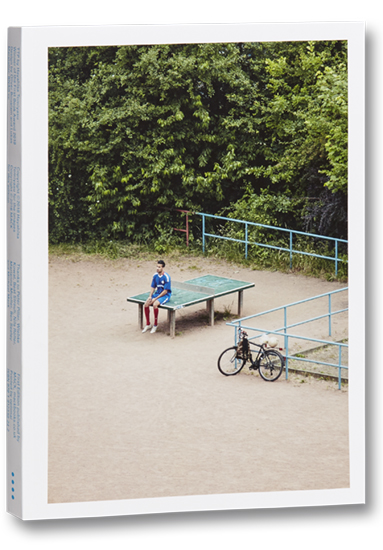
Winner of MACK’s First Book Award : http://www.firstbookaward.com/2018/
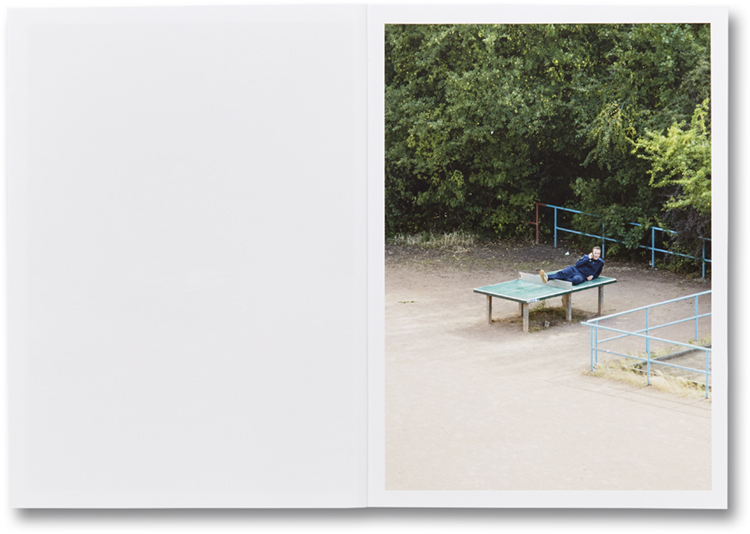
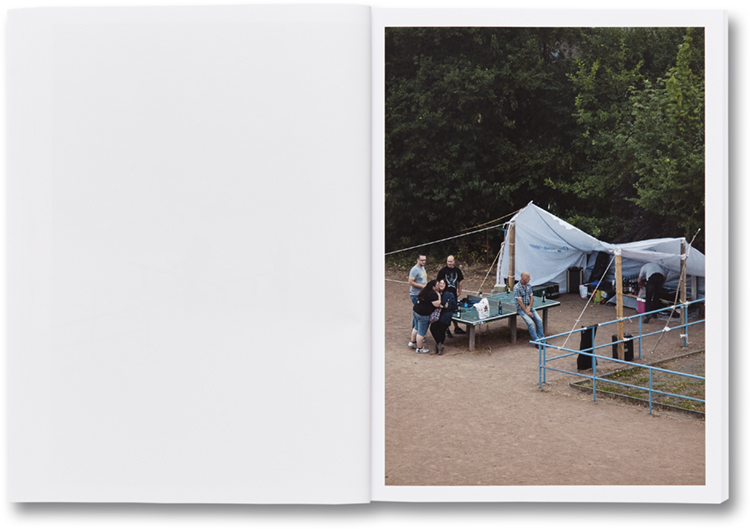
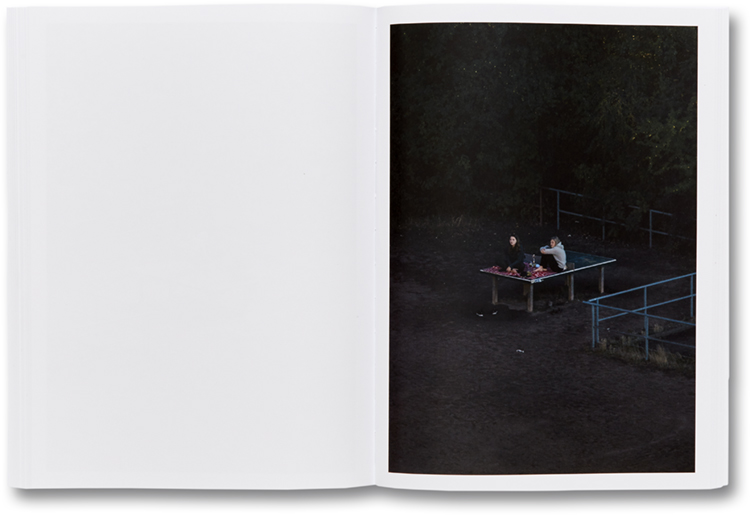 Between these pictures, it’s difficult to place the table in time and space. The pictures aren’t ordered chronologically or by people or activity, but there is a rhythm to them that appears in the small references between pictures – short series that play off one another. Time passes too, but this is marked only by the randomly changing seasons and light of day; slightly longer shadows, browner and fewer leaves on the trees, melting snow, puddles that appear and evaporate. The table is a strange place, there are no pictures outside of the frame just person after person, table after table. The restricted view of Tomiyasu’s lens and the variety of people and their generic European fashion makes it difficult, if not impossible, to know exactly where the table is. The table is a secluded world, one that attracts but doesn’t hold people.
Between these pictures, it’s difficult to place the table in time and space. The pictures aren’t ordered chronologically or by people or activity, but there is a rhythm to them that appears in the small references between pictures – short series that play off one another. Time passes too, but this is marked only by the randomly changing seasons and light of day; slightly longer shadows, browner and fewer leaves on the trees, melting snow, puddles that appear and evaporate. The table is a strange place, there are no pictures outside of the frame just person after person, table after table. The restricted view of Tomiyasu’s lens and the variety of people and their generic European fashion makes it difficult, if not impossible, to know exactly where the table is. The table is a secluded world, one that attracts but doesn’t hold people.
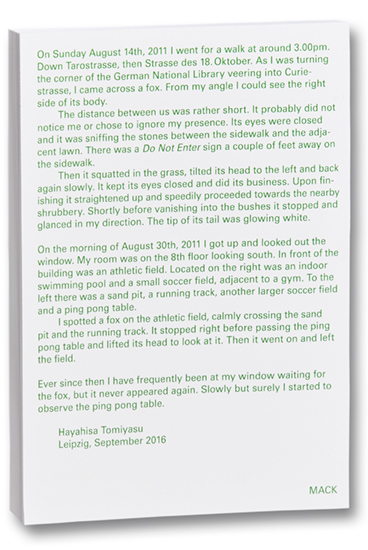
In 2011 Hayahisa Tomiyasu started photographing a ping pong table located in a public athletic field across from his dorm in Leipzig, Germany for a series titled TTP. Tomiyasu had first noted the location after observing a white tailed fox perched near the legs of the table, and after waiting several days for the animal to return, he began to photograph the other life forms that congregated or paused near the outdoor game. Rather than spotting the fox, he captured families and daydreamers using the area as a bench or even a bed. I think it’s very interesting how this whole thing occurred from a something that was almost a coincidence; if not for the fox, Tomiyasu would probably have never thought of photographing that exact tennis bench.
“At the time I had been living in a student doom in Leipzig and it was possible to photograph from window the table tennis table, how people from different countries use it in their way,” Tomiyasu had said in an interview. “And it could be the message of this work that the place could be everywhere.”
Although the whole concept happened out of pure coincidence, I still want to take inspiration from Tomiyasu’s work and have it influence my project; I like how he explores linear story telling in his images. The setting doesn’t change in his photographs but the subjects and models do. They tell their own story in their own way, those stories intrigues the audience as they provide very little and the rest is completely up to the imagination of the viewer. I like the mystery and minimalism that Hayahisa Tomiyasu has established in his work and want to include elements of that in my photography.
Sources:
https://petapixel.com/2018/04/04/photos-of-the-daily-life-of-a-public-ping-pong-table-in-germany/
https://rocket04.jeron.je/access?OQ9IAAH3UTPU3XJJVW684LAAGDF1Q0HV
‘Bench’ by Yevgeniy Kotenko
Similarly to the work produced by Hayahisa Tomiyasu, Tevgeniy Kotenko created a similar collection of photographs observing a bench from the comfort and safety of his home.
Starting in 2007, Kotenko began to shoot a local park bench outside the window of his parent’s fourth-floor kitchen window in Kiev. Sandwiched between a children’s playground and a walking path, the area proved to be a hotspot of colorful characters. Alcoholics, families, and lovers all congregate on the exact same bench during different times of the day, and when observed with Kotenko’s patient eye an almost Shakespearean drama begins to emerge over a decade of photo.
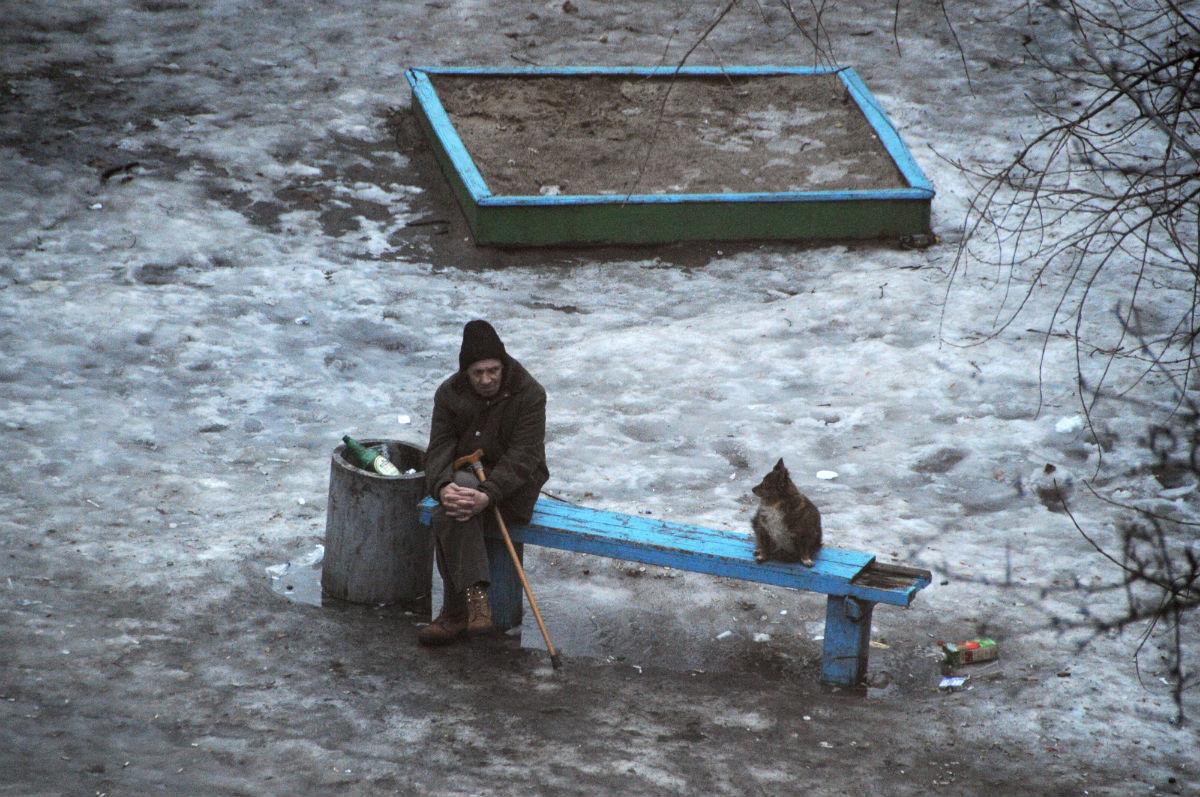
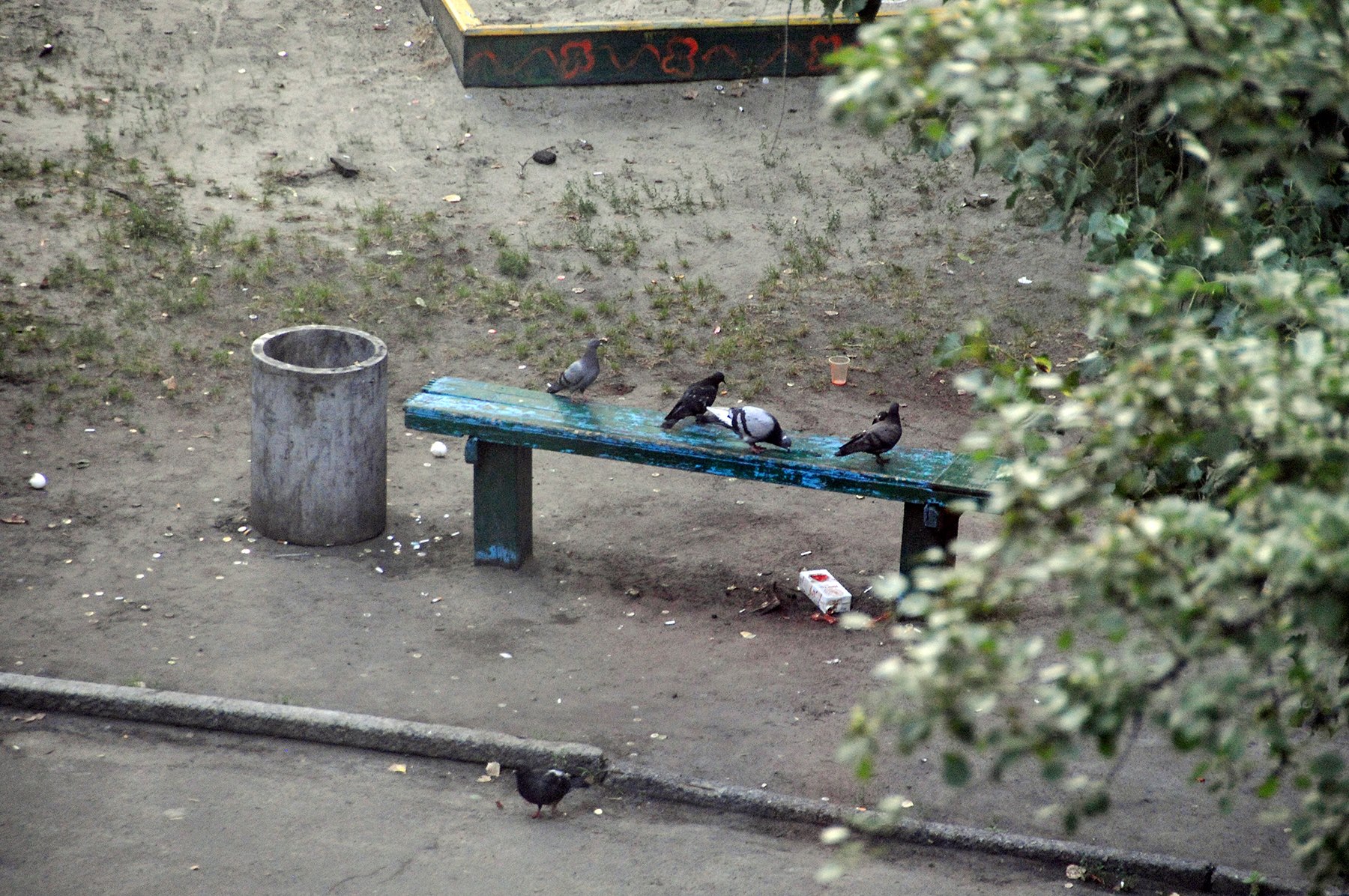
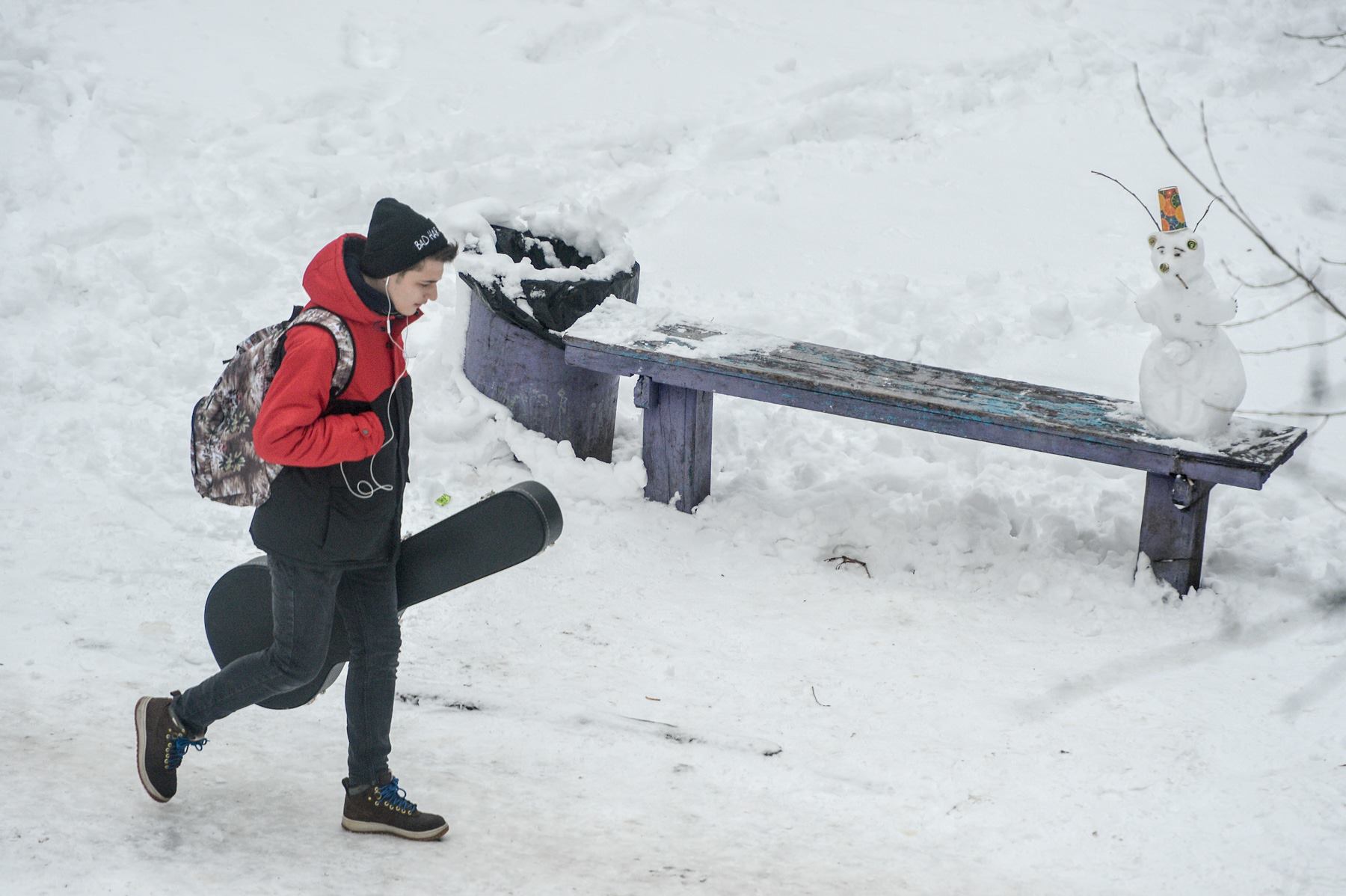

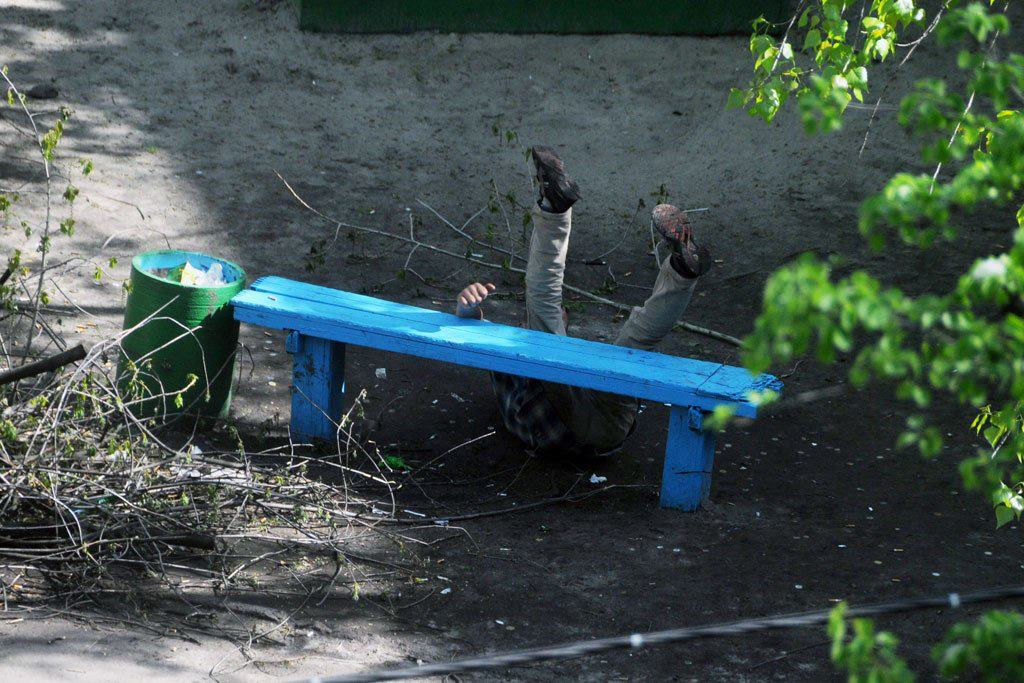
“I wasn’t thinking of making a series or a project,” shares Kotenko, “I didn’t select any particular time frame or set of situations to capture. Not until 2012 did my friends tell me that I should put together an exhibition of these photos.”
The Ukrainian photographer Eugene Kotenko, has photographed the same bench for years, each shot is a little secret stolen from its subjects’s lives. We see the bench painted of blue and then not, covered by snow in winter, with some green around in spring and under the sun in summer, surrounded by yellow leaves in autumn, near the bin and then far, etc… but the real subject is never the bench, it’s the people who live that place. For this reason we are intrigued, for the intimate and social portrait than each photograph reveals.
There are some strong differences between the photographs taken by Hayahisa Tomiyasu and the ones taken by Tevgeniy Kotenko. Although they both essentially photograph the same thing (people and a public object) their approaches are very different. Photographs taken by Tomiyasu are all taken from the exact same angle; the only thing that really changes is the people and the things they bring with them. On the contrast, Kotenko focuses a lot more on the subjects at hand; he clearly shows the changes that occur to the surrounding and the bench. He shows the physical changes and includes a lot more of the surrounding to give context to his photographs. This doesn’t break the mysterious illusion of not knowing why the subjects is there or what it’s doing but it adds comfort to the photographs.
Sources:
http://blog.grainedephotographe.com/yevgeniy-kotenko-photo-on-the-bench-banc-public/

Look at Sophie Calle re : spying / stalking
https://www.theransomnote.com/culture/articles/suite-venitienne-sophie-calle-a-reflection-on-the-art-of-stalking/
Lewis Bush Secrets of the state re ; information sharing
Research : international spy agencies, MI5 / CIA / The Stasi / Mossa / KGB / GRU etc etc
What do they do, how do they do it? Why ?
Are we being spied on ? Surveillance and CCTV…what happens to all the recordings??!! …look at phone tapping / ALEXA / computer hacking etc etc
Is it an invasion of privacy / human rights / civil rights…or are we made to feel safer with all the technology and surveillance when in fact it is mass data collection to aid consumerism and capitalism whilst controlling us a society ( as foretold in 1984 by George Orwell and Brave New World by Aldous Huxley)
What about National Security…what is it???…we hear about it on the news, and how it can be used by governments as a form of propaganda